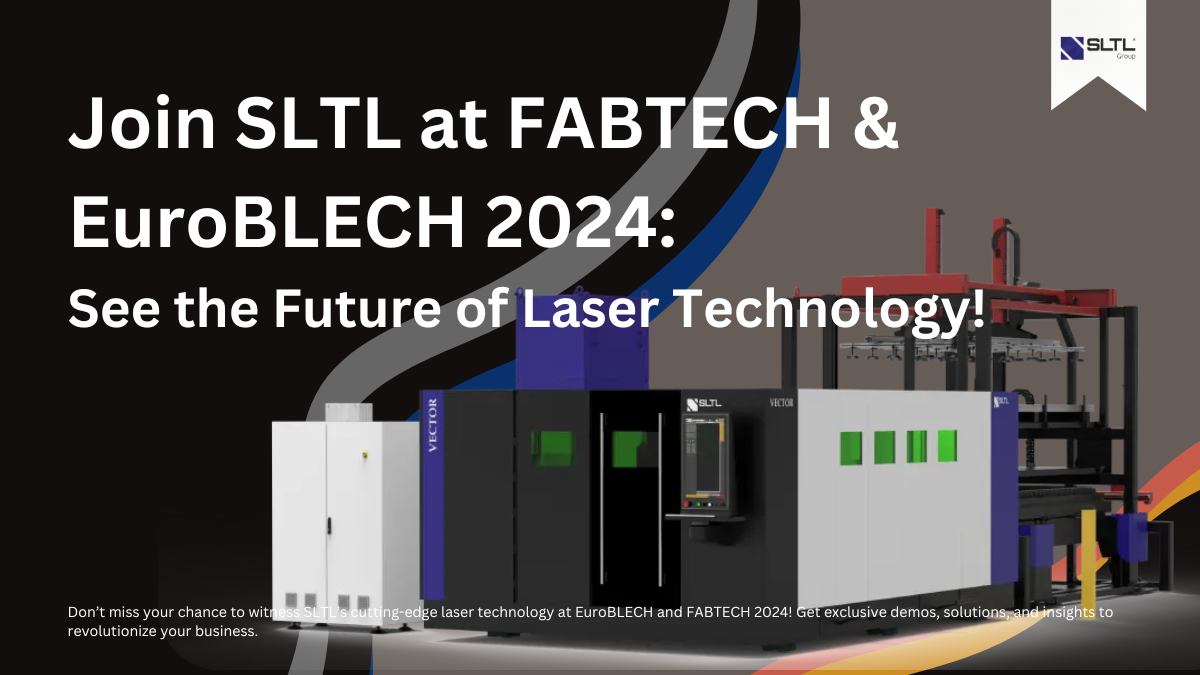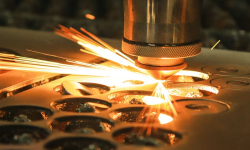
Introduction
What’s the Big Debate?
The metal fabrication world has been buzzing with a hot debate: CO2 vs Fiber laser cutting machines. Both technologies have revolutionized the way metal is cut, shaped, and manufactured. But when it comes to picking the right one, things can get confusing.
Why It Matters for Metal Fabricators
Choosing the wrong machine could cost you thousands in inefficiencies, maintenance, and even lost business. But get it right? You could skyrocket your production, cut costs, and dominate your market.
Understanding Laser Cutting Basics
What is Laser Cutting?
Laser cutting is a thermal cutting process where a focused beam of light cuts through materials with pinpoint precision. It’s fast, accurate, and ideal for producing high-quality metal parts.
Key Components of Laser Cutting Machines
- Laser Source: Generates the laser beam.
- Optics: Focuses the beam.
- CNC Controller: Directs the machine.
- Assist Gas: Helps clear molten material.
- Cutting Head: Delivers the laser to the material.
CO2 Laser Cutting Machines Explained
How Do CO2 Lasers Work?
CO2 lasers use a gas mixture (carbon dioxide, nitrogen, hydrogen, and helium) excited by electrical discharge. The laser beam is then directed using mirrors and focused onto the workpiece.
Strengths of CO2 Lasers
- Excellent for cutting non-metals like wood, plastics, and acrylics.
- Produces smooth edges on thick mild steel.
- Proven, stable technology with decades of field use.
Limitations of CO2 Lasers
- Struggles with highly reflective metals (aluminum, copper).
- Higher maintenance due to mirror alignment and glass tubes.
- More power consumption and operating costs.
Fiber Laser Cutting Machines Explained

How Do Fiber Lasers Work?
Fiber lasers use a fiber optic cable doped with rare-earth elements like erbium or ytterbium. The laser beam is generated within the fiber, making it highly stable and efficient.
Strengths of Fiber Lasers
- Exceptional for cutting metals – including reflective metals.
- Extremely energy-efficient (up to 50%).
- Minimal maintenance with fewer moving parts.
- Compact footprint with advanced automation options.
Limitations of Fiber Lasers
- Less effective for non-metal materials.
- May require additional processing for thick mild steel edges.
Technical Comparison: CO2 vs Fiber
Wavelength Differences
- CO2 Laser: 10.6 μm – better for non-metals.
- Fiber Laser: 1.06 μm – ideal for metals.
Cutting Speed
- Fiber lasers often cut 2-3x faster on thin metals.
- On thick steel, speed differences reduce but fiber still holds an edge.
Energy Efficiency
- CO2: 10-15% efficient.
- Fiber: 30-50% efficient.
Maintenance Requirements
- CO2: Frequent (mirrors, alignment, glass tubes).
- Fiber: Minimal (sealed units, fewer consumables).
Material Compatibility
Metals
- Fiber lasers excel across all metals, including aluminum, stainless, copper, and brass.
- CO2 handles mild steel well but struggles with reflective metals.
Non-Metals
- CO2 wins for cutting wood, plastics, acrylics, leather, and fabrics.
- Fiber lasers are not ideal for non-metals due to wavelength absorption issues.
Reflective Materials
- Fiber lasers dominate reflective materials without the risk of beam back-reflection.
Edge Quality and Precision
CO2 Edge Finish
- Slightly smoother on thicker mild steel due to wider beam.
Fiber Laser Edge Finish
- Extremely precise, minimal kerf, often requiring less post-processing.
Cost Analysis
Initial Investment
- Fiber lasers have dropped significantly in price, often matching or beating CO2 costs depending on power levels.
Operating Costs
- Fiber lasers save on:
- Power consumption
- Mirror replacements
- Alignment labor
Long-Term ROI
- Fiber lasers usually offer faster payback thanks to lower running costs and higher throughput.
Applications in Metal Fabrication
Industrial Use Cases
- Automotive
- Aerospace
- Electronics
- Heavy Machinery
Small Shop Scenarios
- Job shops benefit from fiber’s versatility and low maintenance.
- CO2 may still serve shops handling both metal and non-metal materials.
Market Trends and Industry Shifts
Global Adoption Rates
- Fiber lasers now dominate new installations globally.
- OEMs are heavily invested in fiber R&D.
Future Outlook
- Fiber laser technology continues to advance in power, precision, and affordability.
- CO2 may remain relevant in niche, non-metal markets.
Factors to Consider Before Choosing
Business Needs
- Are you strictly metal, or do you handle multiple materials?
Material Types
- Fiber for metals, CO2 for mixed-material operations.
Budget Constraints
- Consider not just purchase price, but total cost of ownership.
Production Volume
- Higher volumes often favor fiber due to speed and efficiency.
Case Studies
Case Study 1: High-Volume Metal Fabrication
An automotive parts manufacturer switched from CO2 to fiber, reducing power costs by 40% and increasing throughput by 60%.
Case Study 2: Mixed Material Cutting
A signage company stuck with CO2 for its ability to cut acrylic, wood, and plastics alongside light metal work.
Expert Opinions
What Industry Experts Say
- “Fiber laser is the future of metal fabrication.”
- “CO2 still holds value for niche material diversity.”
Real-World Feedback
- Most fabricators making the switch to fiber report massive savings in time and money.
Conclusion
When it comes to CO2 vs Fiber Laser Cutting Machines, fiber is winning the race for most metal fabricators. Its energy efficiency, versatility with metals, and low maintenance requirements make it the top choice for metal-focused operations. However, CO2 still earns its place when cutting non-metals or seeking smoother cuts on thick mild steel.
Ultimately, your specific materials, production goals, and budget will determine the right fit. But if you’re primarily a metal fabricator? Fiber laser is almost always the smarter investment.










